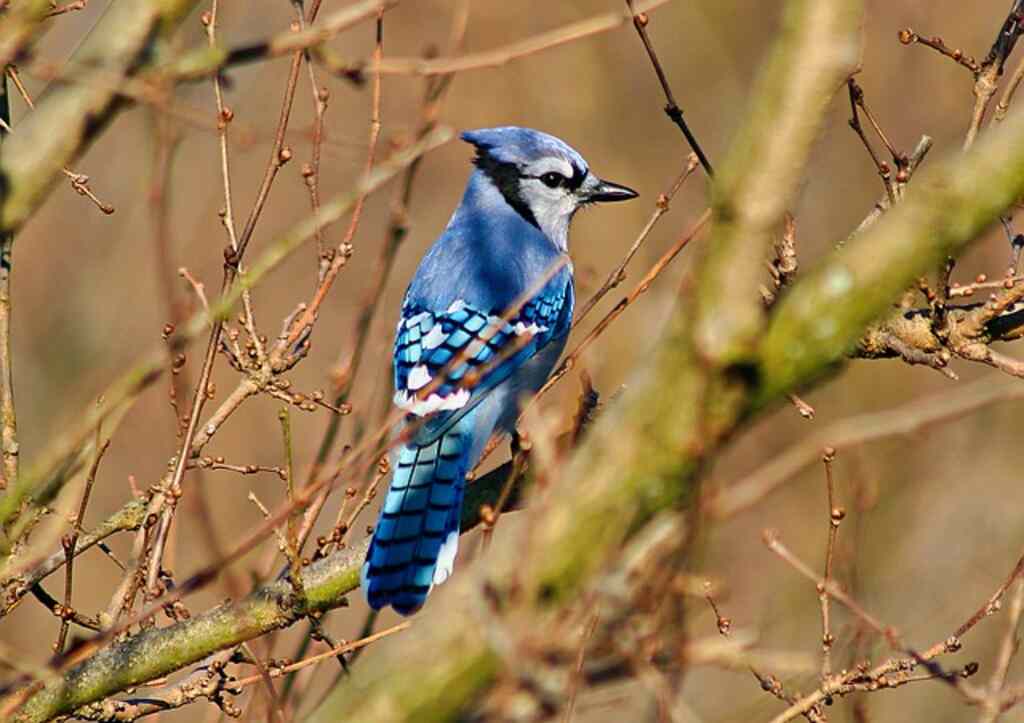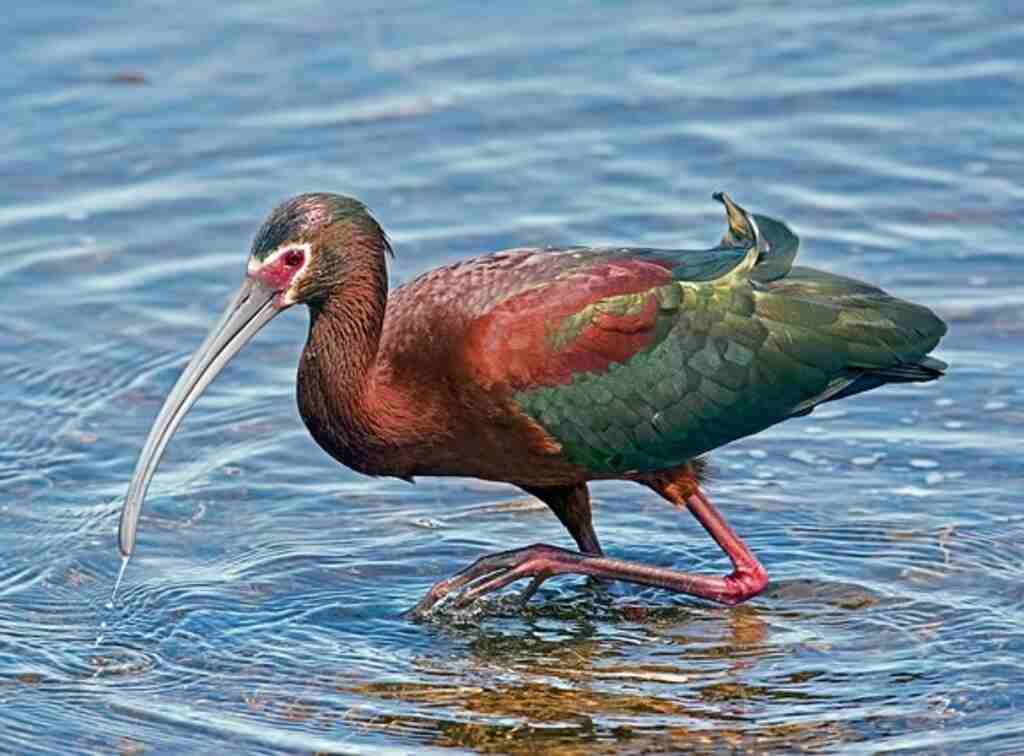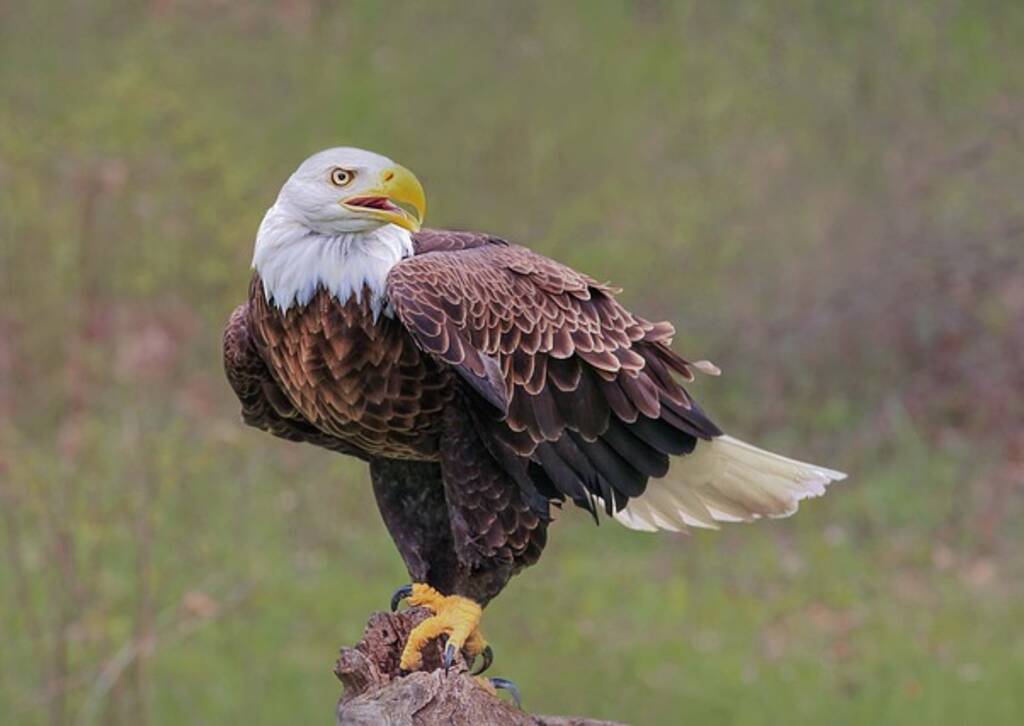If you’re a birdwatching enthusiast, Kansas is a must-visit destination. With its diverse ecosystems and unique geographical features, Kansas offers an array of birdwatching opportunities that are sure to fascinate any avid birdwatcher.
In this article, we’ll explore the top birdwatching locations in Kansas, as well as provide essential tips and information to help you make the most of your visit.
Table of Contents
- 1 Key Takeaways:
- 2 Best Birdwatching Hotspots in Kansas
- 3 Why Kansas is a Birdwatching Paradise
- 4 Top Birdwatching Locations in Kansas
- 5 Kansas Birdwatching Trails
- 6 Important Tips and Etiquette for Birdwatching in Kansas
- 7 Notable Bird Species in Kansas
- 8 Birdwatching Events and Festivals in Kansas
- 9 Recommended Gear for Birdwatching in Kansas
- 10 Best Time to Visit Birdwatching Hotspots in Kansas
- 11 Conservation and Citizen Science Initiatives in Kansas
- 12 Photography Tips for Birdwatching in Kansas
- 13 Conclusion
- 14 FAQs: Best Birdwatching Hotspots in Kansas
- 14.1 What are the top birdwatching locations in Kansas?
- 14.2 Are there any birdwatching trails in Kansas?
- 14.3 What are some important tips for birdwatching in Kansas?
- 14.4 What notable bird species can be found in Kansas?
- 14.5 Are there any birdwatching events and festivals in Kansas?
- 14.6 What gear is recommended for birdwatching in Kansas?
- 14.7 When is the best time to visit birdwatching hotspots in Kansas?
- 14.8 What conservation and citizen science initiatives are there in Kansas?
- 14.9 Are there any photography tips for birdwatching in Kansas?
- 15 Author
Key Takeaways:
- Kansas is a paradise for birdwatchers, with its unique geography and diverse ecosystems.
- Kansas offers a range of bird species found in different habitats, making it an ideal destination for birdwatchers.
- The state offers a variety of birdwatching locations, including state parks, nature reserves, and wildlife refuges, that are worth exploring.
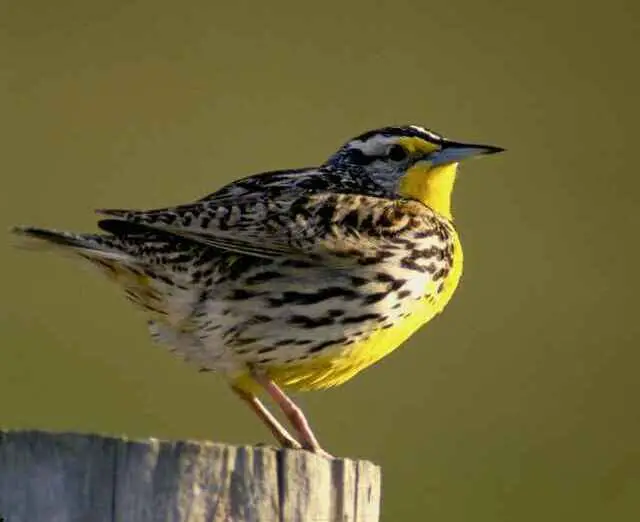
Best Birdwatching Hotspots in Kansas
Kansas is a great destination for birdwatching, with a variety of habitats and bird species to explore. Some of the best hotspots include Cheyenne Bottoms Wildlife Area, Quivira National Wildlife Refuge, and Tallgrass Prairie National Preserve.
Other notable locations include Milford Lake, Clinton Lake, and the Great Plains Nature Center. With its diverse landscapes and rich birdlife, Kansas is a must-visit destination for birdwatchers of all levels.
Why Kansas is a Birdwatching Paradise
Kansas may not be the first place that comes to mind when you think of birdwatching, but it is actually a paradise for birding enthusiasts. This midwestern state boasts a diverse range of habitats, from tallgrass prairies and wetlands to woodlands and farmland, providing a home to over 400 bird species.
One of the unique features of Kansas that makes it an ideal destination for birdwatching is its location within the Central Flyway. This migratory route stretches from Mexico to Canada and is used by millions of birds every year. During spring and fall, birdwatchers can witness an incredible variety of migratory birds passing through Kansas.
The state also has many protected areas, including state parks, wildlife refuges, and nature preserves. These habitats provide a safe haven for bird populations and offer birdwatchers a prime location to observe many species in their natural environment.
Some of the most popular birdwatching hotspots in Kansas include Cheyenne Bottoms Wildlife Area, Quivira National Wildlife Refuge, and the Konza Prairie Biological Station. These locations offer abundant opportunities to see rare and common bird species alike, making Kansas an unbeatable destination for birdwatching enthusiasts.
Top Birdwatching Locations in Kansas
Kansas is a paradise for birdwatching enthusiasts with its diverse landscapes and ecosystems. Below are some of the top locations to spot a variety of bird species:
| Location | Key Features | Common Bird Species |
|---|---|---|
| Cheyenne Bottoms Wildlife Area | Largest wetland in the interior of the United States | Snowy Egret, Great Blue Heron, Bald Eagle |
| Tallgrass Prairie National Preserve | Flint Hills tallgrass prairie ecosystem | Greater Prairie Chicken, Northern Harrier, Henslow’s Sparrow |
| Quivira National Wildlife Refuge | Wetlands, salt marshes, sand dunes, and prairies | Sandhill Crane, Snow Goose, American Avocet |
| Clinton Lake State Park | Large reservoir with wooded areas | Red-tailed Hawk, Pileated Woodpecker, Eastern Bluebird |
| Kanopolis State Park | Rocks, canyons, bluffs, and prairies | Turkey Vulture, Canyon Wren, Bell’s Vireo |
Other noteworthy birdwatching locations in Kansas include Cedar Bluff State Park, Milford Lake, and Wilson Lake.
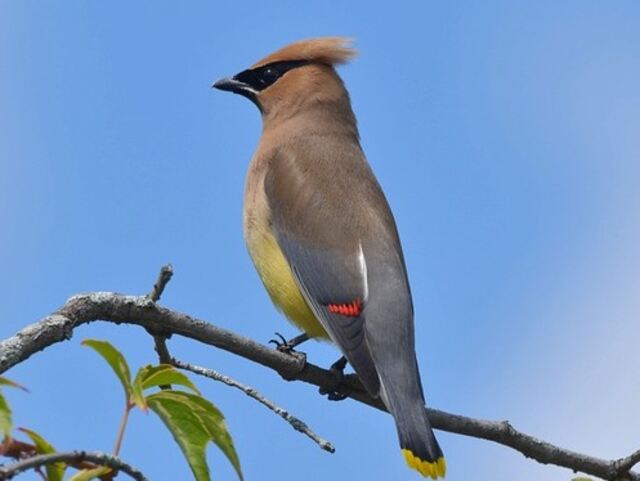
Kansas Birdwatching Trails
Kansas offers a variety of birdwatching trails for enthusiasts of all skill levels. These trails wind through diverse habitats, providing ample opportunities to spot a wide range of bird species.
Great Plains Nature Center Trails
The Great Plains Nature Center, located in Wichita, offers four nature trails of varying lengths, ranging from 0.7 to 2.5 miles. These trails wind through wooded areas, wetlands, and prairies, providing habitat for a variety of bird species, including the Northern Cardinal and the Red-tailed Hawk. The trails are well-maintained and suitable for birdwatchers of all skill levels.
Tallgrass Prairie National Preserve Trails
The Tallgrass Prairie National Preserve, located in the Flint Hills of eastern Kansas, offers a variety of hiking trails that wind through scenic prairies and woodlands. The preserve is home to a rich diversity of bird species, including the Greater Prairie-Chicken and the Barn Owl. The preserve also hosts special birdwatching events throughout the year, including guided tours and educational programs.
Clinton Lake Trails
The Clinton Lake Trails, located near Lawrence, offer several hiking trails of varying lengths and difficulty levels. The trails wind through woodlands, grasslands, and wetlands, providing habitat for a variety of bird species, including the Bald Eagle and the Eastern Bluebird. The trails are well-marked and suitable for birdwatchers of all levels.
Quivira National Wildlife Refuge Trails
The Quivira National Wildlife Refuge, located near Stafford, offers a wide variety of hiking trails that wind through wetlands, grasslands, and woodlands. The refuge is home to a large population of waterfowl and shorebirds, including the American White Pelican and the Snowy Egret. The refuge also hosts special birdwatching events throughout the year, including guided tours and educational programs.
Wilson Lake Trails
Wilson Lake, located in central Kansas, offers several hiking trails that wind through scenic woodlands and prairies. The lake and surrounding area provide habitat for a wide variety of bird species, including the Lark Sparrow and the Common Loon. The trails are well-maintained and suitable for birdwatchers of all levels.
Important Tips and Etiquette for Birdwatching in Kansas
If you’re planning to go birdwatching in Kansas, it’s important to follow some basic guidelines to ensure a safe and respectful experience for both you and the birds. Here are some essential tips:
Respect the Wildlife
When observing birds, maintain a safe distance from them and avoid disturbing their natural behavior. Never touch or attempt to handle birds or their eggs. Avoid feeding birds, as it can disrupt their natural feeding patterns and expose them to predators.
Stay on Designated Trails
Respect the habitats of birds and other wildlife by staying on designated trails and avoiding off-trail areas. Disturbing or damaging habitats can harm the birds and their ecosystems.
Be Prepared
Wear appropriate clothing and footwear for the weather and terrain. Bring plenty of water and snacks, and make sure you have sunscreen and insect repellent. Consider bringing binoculars, a field guide, and a camera to capture your birdwatching experience.
Observe Quietly
Be as quiet as possible while observing birds, as loud noises can startle them. Speak in hushed tones and avoid sudden movements. Try to blend in with your surroundings by wearing neutral-colored clothing and avoiding bright colors.
Respect Private Property
Many birdwatching hotspots in Kansas are located on private property, so it’s important to respect the property and follow any posted rules or regulations.
By following these simple tips, you can enjoy a safe and respectful birdwatching experience in Kansas while also protecting the birds and their habitats.
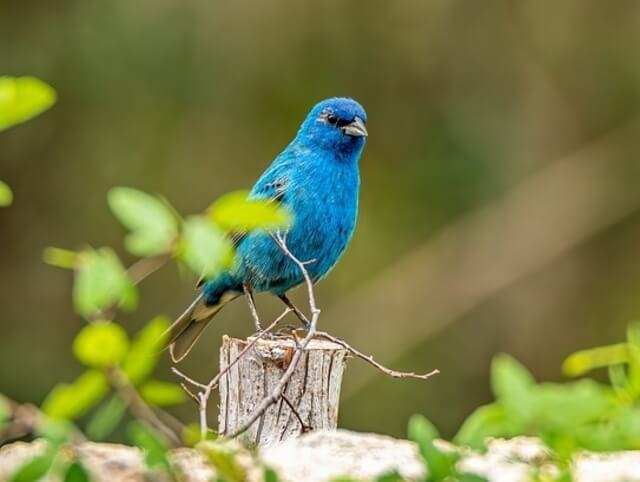
Notable Bird Species in Kansas
Kansas is home to a wide range of bird species, including several migratory birds that stop in the state during their journeys. Some of the notable bird species found in Kansas include:
| Bird Species | Description |
|---|---|
| Greater Prairie Chicken | This bird, known for its elaborate courtship display, can be found in a few remaining remnant prairies in Kansas. |
| Sandhill Crane | This large bird is known for its distinctive calls and can often be seen flying in formation over Kansas’ wetland areas. |
| Northern Harrier | This bird of prey, also known as the marsh hawk, can be seen hunting over Kansas’ grasslands and wetlands. |
| Scissor-tailed Flycatcher | This bird’s long tail makes it easily recognizable. It can be found in open areas and near water in Kansas. |
| Bald Eagle | This iconic bird of prey can be seen in Kansas during winter months, usually near large bodies of water. |
In addition to these notable species, Kansas is also home to several endangered bird species, including the whooping crane and the interior least tern. Conservation efforts in the state aim to protect these birds and their habitats.
Birdwatching Events and Festivals in Kansas
Kansas hosts several annual events and festivals dedicated to birdwatching, attracting enthusiasts from all over the country. These events offer a range of activities such as birdwalks, workshops, and presentations by leading experts in the field.
Annual Fall River Raptor Count
The annual Fall River Raptor Count is a three-day event held in October at the Fall River Wildlife Area. Visitors can witness the migration of diurnal birds of prey, including eagles, hawks, and falcons, and learn about their ecology and conservation. The event also includes lectures, bird walks, and live bird demonstrations.
Kansas Birding Festival
The Kansas Birding Festival is a three-day event that takes place in May at the Cheyenne Bottoms Wildlife Area. The festival features guided bird walks, workshops, and speakers on bird conservation and ecology. Visitors can also enjoy local cuisine and crafts, as well as educational exhibits.
Quivira Bird Festival
The Quivira Bird Festival is a two-day event held in May at the Quivira National Wildlife Refuge. The festival provides an opportunity to witness the migration of shorebirds, waterfowl, and cranes, among other bird species. Visitors can participate in birdwatching tours, educational programs, and photography workshops, as well as enjoy music and entertainment.
Attending these events and festivals not only offers the chance to observe a wide variety of bird species, but also provides valuable opportunities to learn more about conservation and citizen science efforts in Kansas.
Recommended Gear for Birdwatching in Kansas
Birdwatching requires some essential gear to make the most of your adventure in the Kansas outdoors. Here are a few recommendations to get you started:
| Gear | Recommendation |
|---|---|
| Binoculars | Invest in a good pair of binoculars with magnification between 7x and 10x for optimal bird spotting. |
| Field Guide | Carry a field guide to help you identify and learn about the birds you spot. |
| Camera | Bring a camera to capture the stunning Kansas landscapes and the birds you observe. |
| Appropriate Clothing | Dress in layers to prepare for the changing Kansas weather, and wear comfortable walking shoes for your journey. |
Depending on the location you visit, you may also want to bring insect repellent, sunscreen, and a hat. Be prepared for unforeseen circumstances and pack a small first-aid kit with essentials like bandages and antiseptic wipes.
Best Time to Visit Birdwatching Hotspots in Kansas
If you want to have the best birdwatching experience in Kansas, timing is everything. While the state’s diverse ecosystems offer year-round opportunities to spot different species, certain times of the year will provide more sightings and better weather conditions.
Spring and fall are the best times to visit Kansas for birdwatching. During these seasons, birds are migrating, and you can expect to see a wide range of species. In spring, birds typically start to arrive in Kansas in late March, and the migration continues until mid-May.
Fall migration usually happens in September and October, and you can expect to see a different set of species from what you spotted in the spring.
Summer can be a good time to visit Kansas, but it can also be too hot and humid for some birdwatchers. If you don’t mind the heat, summer is the best time to spot the state’s breeding birds, including shorebirds, wading birds, and waterfowl.
Winter birdwatching in Kansas can be challenging due to the cold temperatures and snow, but it can also be rewarding if you’re looking to spot winter species like eagles, owls, and hawks.
Before planning your trip, research the specific birdwatching hotspot you plan to visit. Many have guides or resources that provide information on the best times to visit.
Remember to check the weather forecast before heading out and dress appropriately for the season. Bring plenty of water, snacks, and sunscreen, and prepare to spend several hours outside.
Conservation and Citizen Science Initiatives in Kansas
Kansas has a rich tradition of conservation and citizen science initiatives aimed at protecting and studying bird populations. Many organizations and agencies in the state work to monitor bird populations and habitats, identify threats to bird populations, and develop strategies to address these challenges.
The Kansas Department of Wildlife, Parks and Tourism (KDWPT) is one of the key organizations involved in bird conservation in the state. The KDWPT’s Avian Monitoring Program aims to monitor bird populations and habitats across the state through long-term data collection.
The program relies on the participation of volunteers who help collect data on bird species and habitats using standardized protocols.
The Kansas Ornithological Society is another organization that plays an essential role in bird conservation efforts in the state. The society works to promote the study and conservation of birds and their habitats in Kansas. The organization also coordinates with other groups and agencies to conduct research and develop conservation strategies.
Kansas is also home to several citizen science initiatives aimed at studying bird populations and habitats. Projects like eBird, which is a web-based platform for bird observation and data collection, allow birdwatchers to share their observations with other enthusiasts and scientists.
Other initiatives like the Great Backyard Bird Count, which is an annual event held in February, encourage people to spend time watching and counting birds in their backyards and local parks.
By participating in these initiatives, birdwatchers can contribute valuable data and insights to the study and conservation of bird populations in Kansas.
Photography Tips for Birdwatching in Kansas
Capturing stunning photographs of birds in their natural habitats can be a thrilling experience for birdwatchers. Here are some photography tips to help you enhance your birdwatching experience in Kansas.
Equipment Recommendations
Investing in good quality equipment can help you capture clear and detailed images. You’ll need a camera with a fast shutter speed, a telephoto lens with a long focal length, and a tripod to stabilize your camera.
| Camera | Lens | Tripod |
|---|---|---|
| DSLR or Mirrorless Camera | Telephoto Lens with Long Focal Length | Stable Tripod |
Techniques for Capturing Birds in Flight
To capture birds in flight, set your camera to continuous autofocus mode. Use a fast shutter speed to freeze the motion and capture sharp images. Follow the bird’s movement with your camera and try to keep it in the center of the frame. Capturing birds in flight can be challenging, but with practice, you’ll be able to capture breathtaking images.
Techniques for Capturing Behavior
Observing birds’ behavior can be fascinating. To capture their behavior, use a long focal length lens and maintain a safe distance from the birds. Avoid disturbing them by maintaining a safe distance. Focus on their eyes to capture the nuances of their expressions. Also, try to take images that show their natural behavior, such as hunting, feeding, or nesting.
Respectful Photography Tips
While capturing images of birds, it’s essential to maintain a respectful distance from the birds and their habitats. Avoid disturbing nesting sites, and never get too close to the birds. Be patient and wait for the birds to come to you. Keep noise to a minimum and avoid using flash photography, as it can disorient birds and disrupt their natural behavior.
With these tips and the breathtaking landscapes of Kansas, you’re sure to capture unforgettable images and memories during your birdwatching expedition.
Conclusion
Kansas is a treasure trove for birdwatchers. With its diverse range of habitats and unique geographical features, the state attracts a variety of bird species throughout the year. From the prairie-chicken lekking grounds in the Flint Hills to the wetland habitats of Cheyenne Bottoms, birdwatching enthusiasts can discover an array of breathtaking landscapes and bird species.
Whether you are a beginner or an experienced birder, there are plenty of opportunities to explore and appreciate Kansas’ avian fauna. Remember to prioritize the well-being of the birds and their habitats by adhering to best practices and maintaining a safe distance.
By contributing to citizen science initiatives, you can also help protect and study bird populations in Kansas. So pack your gear, grab your binoculars, and head out to Kansas to experience the beauty of birdwatching while exploring one of the most beautiful states in the country.
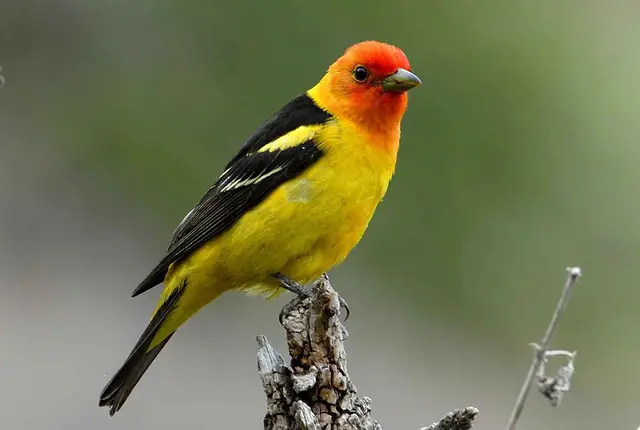
FAQs: Best Birdwatching Hotspots in Kansas
What are the top birdwatching locations in Kansas?
Some of the top birdwatching locations in Kansas include state parks, nature reserves, and wildlife refuges. These locations offer diverse habitats and are home to a wide range of bird species.
Are there any birdwatching trails in Kansas?
Yes, Kansas has several birdwatching trails that offer opportunities to observe different bird species. These trails vary in length and difficulty level, and they often provide maps or resources for more information.
What are some important tips for birdwatching in Kansas?
When birdwatching in Kansas, it is important to have appropriate gear, visit during the best times for bird sightings, and maintain respectful behavior towards wildlife. Keeping a safe distance from birds and their habitats is crucial.
What notable bird species can be found in Kansas?
Kansas is home to several remarkable bird species, including migratory birds and endangered species. These birds contribute to the state’s biodiversity, and conservation efforts are in place to protect them.
Are there any birdwatching events and festivals in Kansas?
Yes, Kansas hosts annual birdwatching events and festivals that attract birdwatching enthusiasts from all over. These events often include activities, workshops, and guest speakers.
What gear is recommended for birdwatching in Kansas?
Essential gear for birdwatching in Kansas includes binoculars, field guides, and appropriate clothing. It is important to choose the right gear based on the specific birdwatching location.
When is the best time to visit birdwatching hotspots in Kansas?
The best time to visit birdwatching hotspots in Kansas can vary depending on the seasonal bird activity and migration patterns. It is recommended to research the specific hotspot and the optimal time for bird sightings.
What conservation and citizen science initiatives are there in Kansas?
Kansas has various conservation efforts and citizen science initiatives aimed at protecting and studying bird populations. Birdwatchers can contribute to these initiatives through participation and support.
Are there any photography tips for birdwatching in Kansas?
Yes, there are photography tips specifically tailored for birdwatching in Kansas. These tips include equipment recommendations, techniques for capturing birds in flight or during different behaviors, and guidelines for respectful wildlife photography.

